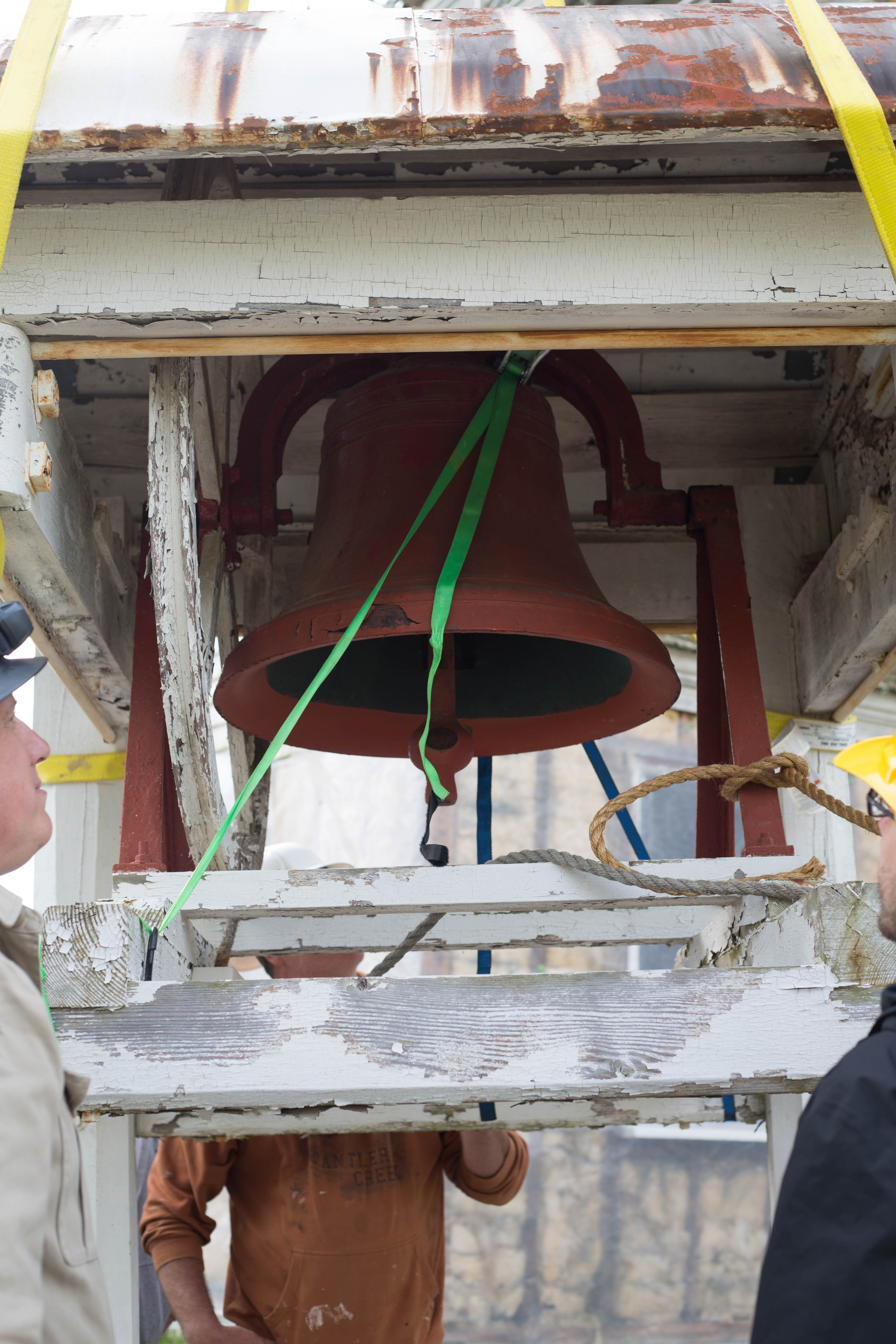Big news! The Meeting House has reopened. You may remember that we’ve been doing preservation work on it since last fall. Check out this post if you want to learn more.
We hope you’ll visit soon to see for yourself, but here’s some history, a few fun facts and a glimpse into the iconic view that we get to see everyday!
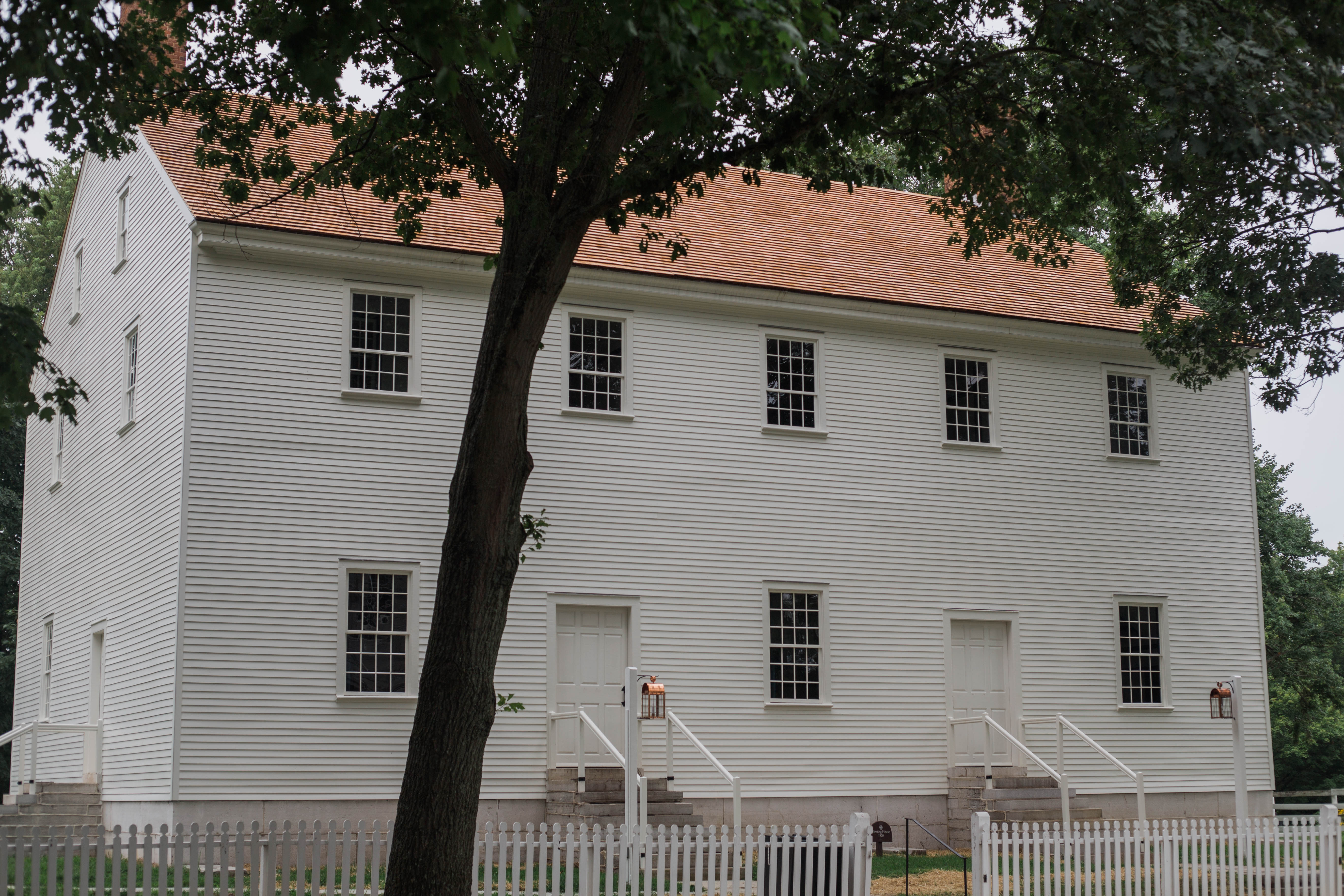
The reason this building is called the 1820 Meeting House is because it was the second Meeting House the Pleasant Hill Shakers built in the Village. Since then, it has gone through several preservation projects.

During the post-Shaker period, the Meeting House served many purposes, including home to the Shakertown Baptist Church and an automotive garage!
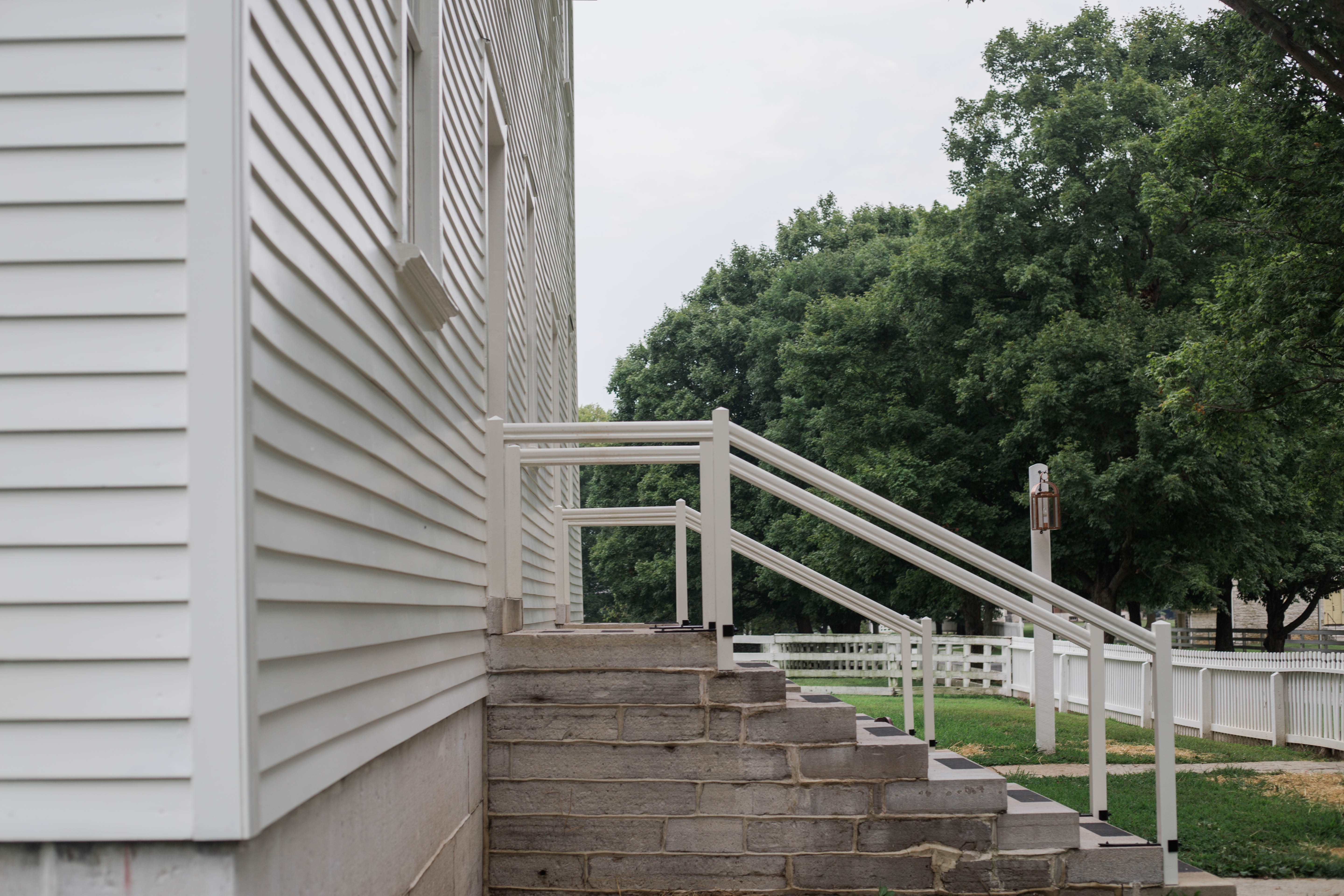

The Meeting House has a unique architectural structure, including a truss system, which allows the beams in the attic to hold up the second floor. This makes it so there aren’t any pillars or beams on the main floor to obstruct movement and dancing.


In 1968, the nonprofit organization that had been established in the early 1960s opened a museum on this site. The Meeting House was interpreted for some 50,000 guests that first year.


The second floor of the Meeting House was utilized as administrative offices until 1994, when the current Administration building was opened.

Beginning in 2016, Top to Bottom tours were offered weekly to give people a behind-the-scenes view of the Meeting House attic and the cellar underneath the building.

The Meeting House is the only white painted building on the property. While it was customary for Shakers to use white to denote the Meeting House, Kentucky is well-known for its white limestone, which is present in several of the other buildings on this site.

These copper lanterns can be found throughout the Village. We have more than 100 in use at anytime. They can also be purchased online in our shop!

Today, the Meeting House is open to daily guests and is utilized for music performances, special events and more. It’s one of the most photographed buildings at Shaker Village. Its simplicity and symmetry embody Shaker design, and its presence is awe-inspiring. Plan a visit soon and experience it for yourself!
Are you curious to see (and hear!) what it would have been like for the Shakers to sing together in the Meeting House? On a weekly basis, hundreds of Shakers gathered together to sing and dance in this space. Join us for our Community Sing at the Meeting House on September 8th and help us sing the space back into use!

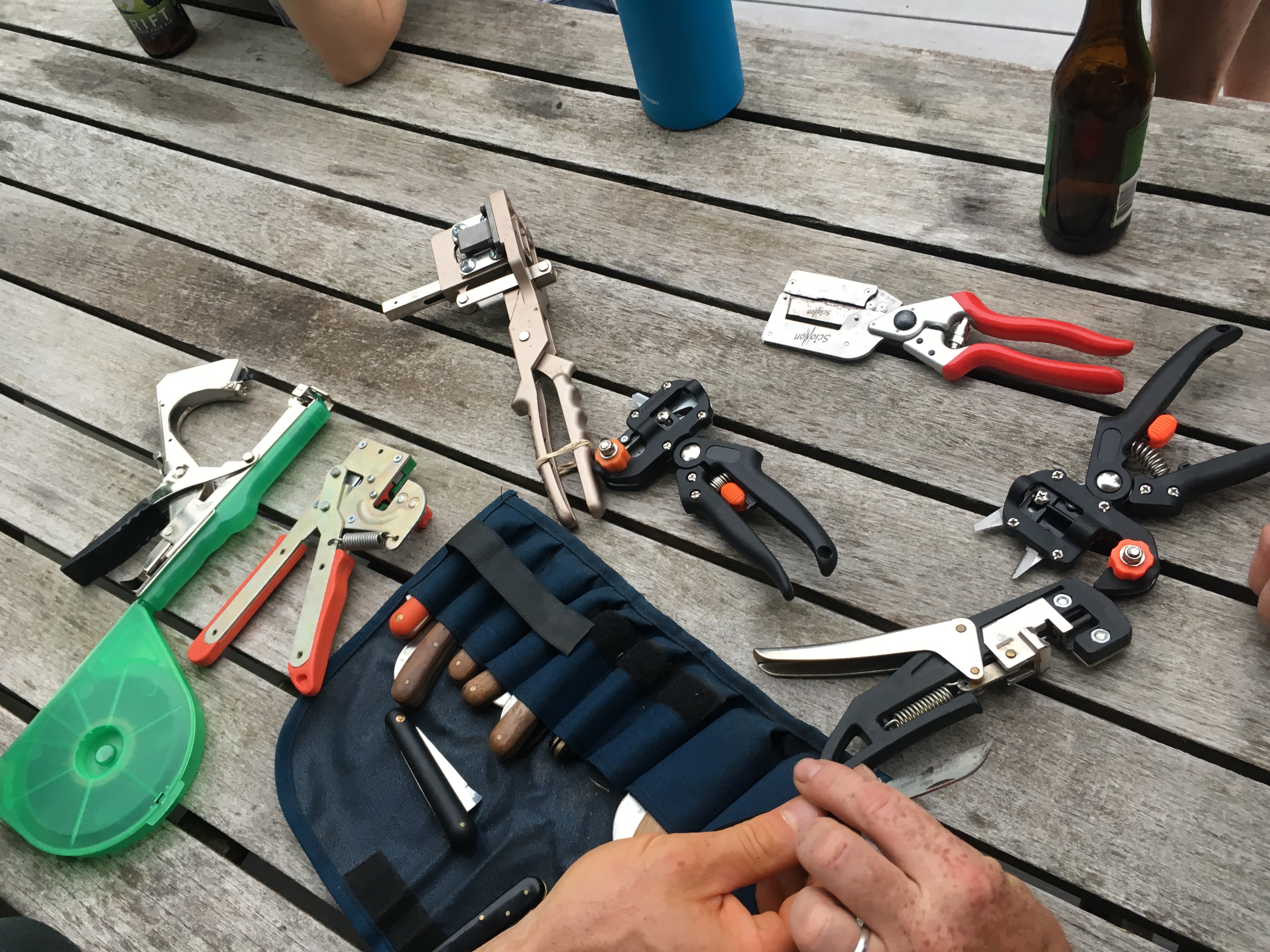
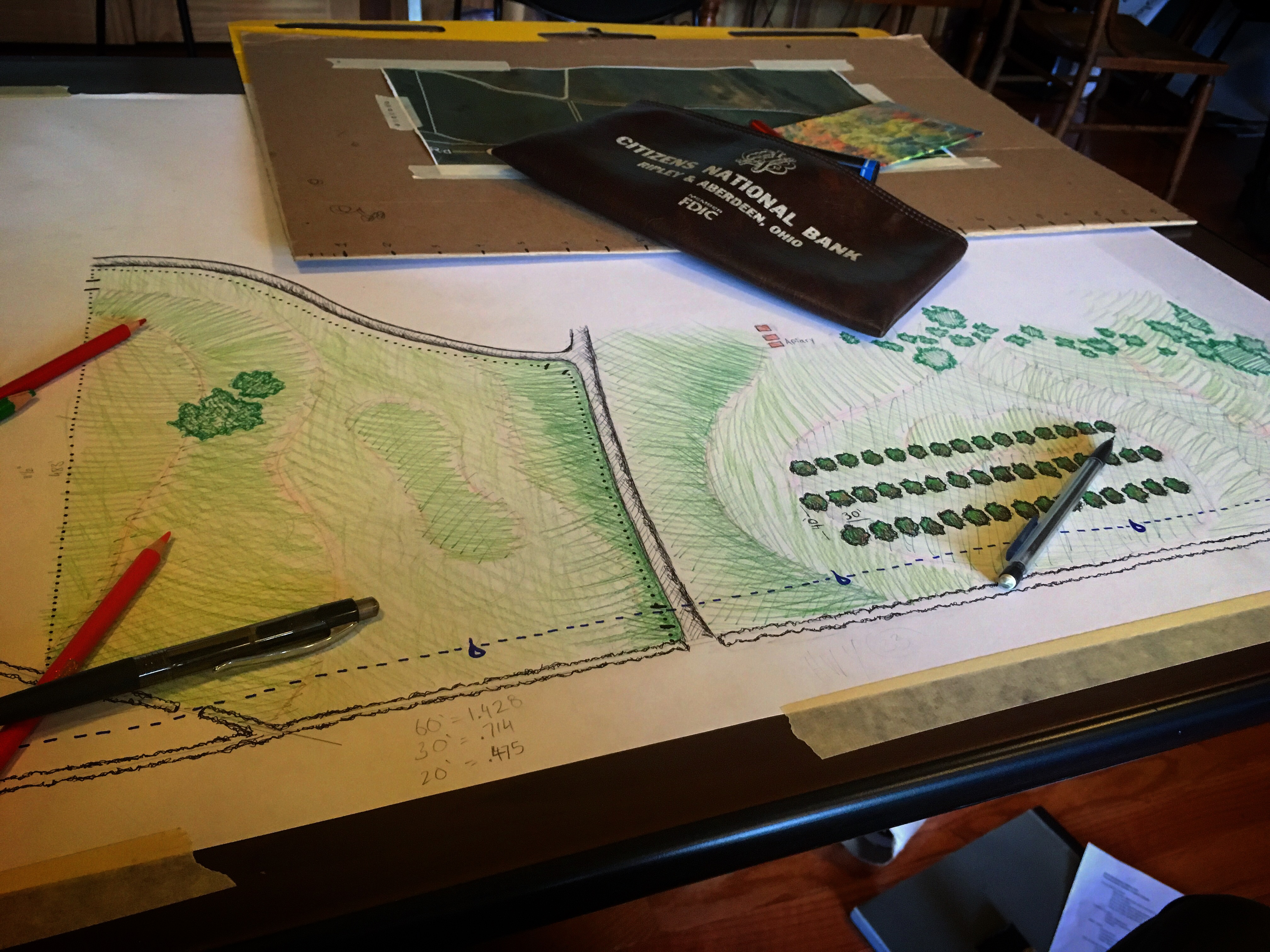
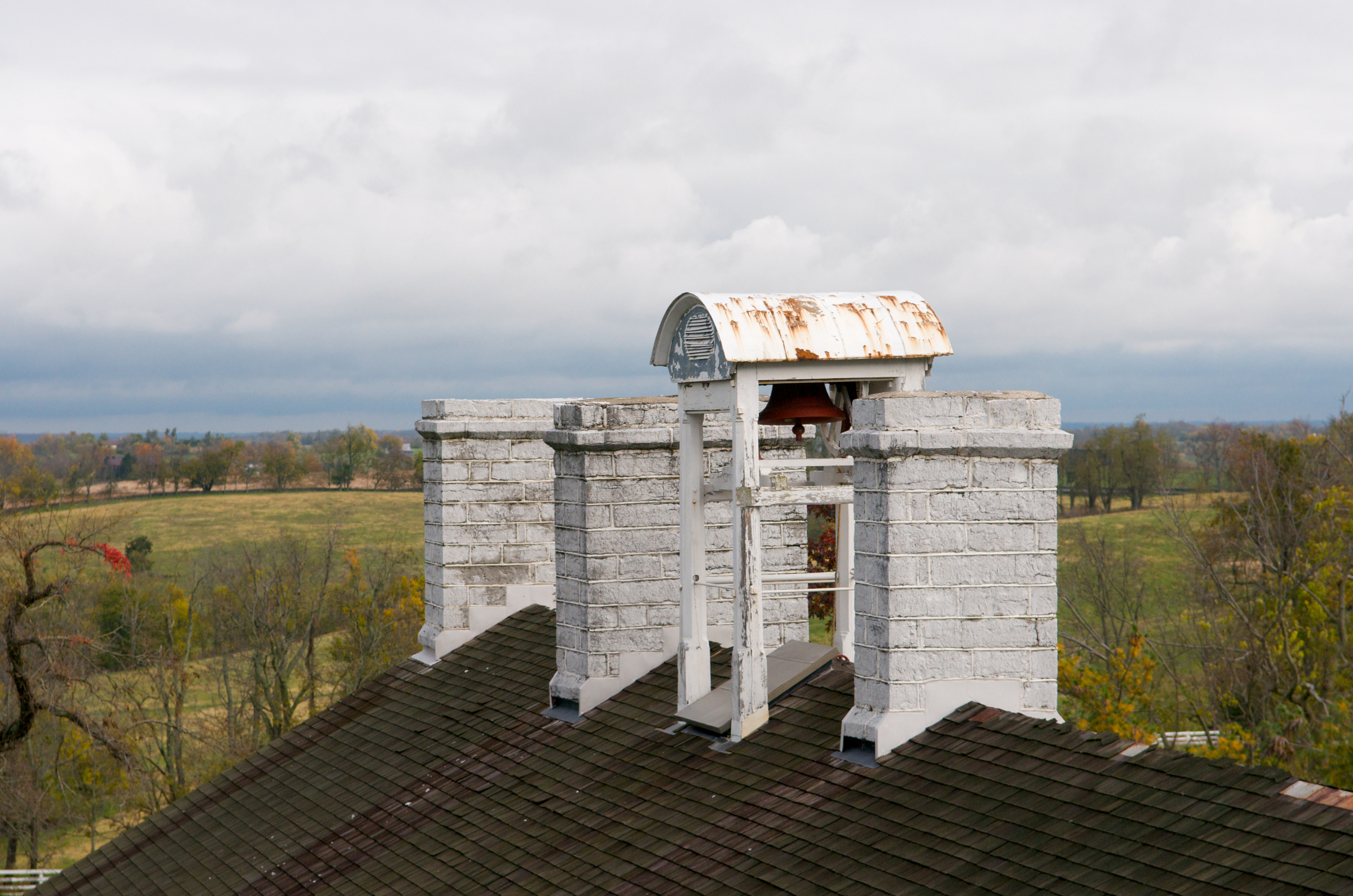 While the original bell was hung on Centre Family in 1839, it was cracked 10 years later and replaced with a new bell. As you can see from the photo above, the bell tower rests on the north side of the Centre Family Dwelling, sandwiched between two chimneys. Just a quick glance at this massive building and you may even miss it, but the bell could be heard throughout the Village.
While the original bell was hung on Centre Family in 1839, it was cracked 10 years later and replaced with a new bell. As you can see from the photo above, the bell tower rests on the north side of the Centre Family Dwelling, sandwiched between two chimneys. Just a quick glance at this massive building and you may even miss it, but the bell could be heard throughout the Village.
